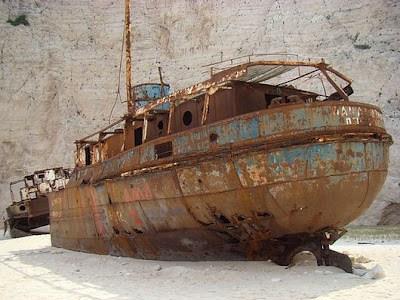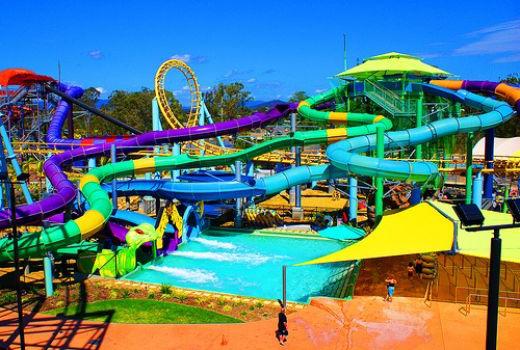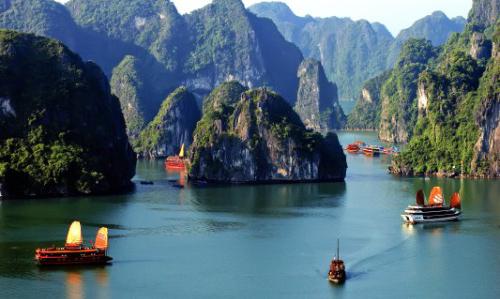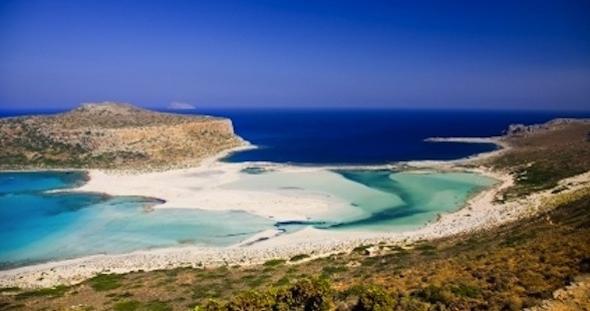Vietnamese Tale: Halong Bay
If you look from above, Halong Bay with itsThe rocky peaks growing out of the emerald waters are like a wonderful work of art created by the Creator himself. Exploring it, you feel lost in the fairy-tale world of stone islands, forming a fantastic beauty of the sea landscape. Because of the characteristic relief, most of the islands are uninhabited and practically unaffected by human activities.

Halong Bay, located in the Gulf of Tonkin,bordering the East China Sea (in the east), has an area of just over 1500 square kilometers. It is the center of a large zone, which includes Bai Tu Long Bay (in the northeast) and the island of Cat Ba (in the north-west). All regions have similar geographic, geological, geomorphic, climatic and culturological features. The coastline is 120 kilometers. This part of the country, located near the border with China, is known as Dong Bak (northeastern Vietnam). Halong Bay is an area inhabited by many fishing communities, including four communes (Kyavan, Kongtau, Wongwieng, Bahang) with a population of more than 1600 people. People live in floating houses mounted on barges, engaged in fishing and aquaculture.

Geologists explain the formation of this submergedkarst landscape as follows: in the Paleozoic era (between 543 and 250 million years ago) the site was in the open sea. At the same time a thick layer of precipitation formed. As a result of the movements of the earth's crust, which pushed out the seabed, rocky systems were formed. Rains and underground streams during the geological time were scraped by numerous grottos. The collapse of some grottoes complemented the formation of a fairytale landscape composed of a group of conical peaks (fengkong), rising an average of 100 meters (sometimes more than 200 meters) above sea level, and isolated towers (fenglin) in height from 50 to 100 meters. Many of them have vertical walls almost from all sides and continue to change as a result of falling stones and boulders.
Extensive limestone caves, whichcharacterized by Halong Bay, are divided into three main types. Old phreatic, formed below groundwater level, ancient karst, formed at the foot of the rocks due to side erosion, and sea - at sea level. Erosion due to constant consistent regressions and sea progressions is another important factor in addition to the natural process of erosion of stony islands. The main trench dug along the entire length of the rocky coastline is a wonderful illustration to this. Gutters are a common feature for rocky slopes all over the world, but Halong Bay with its picturesque formations in different places in the form of arches and grottoes - is particularly indicative. Large islands are distinguished by the abundance of lakes.

One of the most famous is Ba Ham in Daw Be. This lake system, encased in rocks from all sides, consists of three large marine basins connected by narrow and winding cave tunnels. At the entrance to the first visitors meets a forest of stalactites and stalagmites, forming bizarre images of different sizes and colors. On the island are several species of orchids, fig trees, palms. Among the representatives of the animal world, the main inhabitants are golden monkeys, flying squirrels, bats, several species of birds. Despite the fact that Daw Be is located off the coastline at a distance of almost 25 kilometers, it is considered one of the main tourist zones in the region.

To enjoy the magnificent natureyou can join the cruise tour. Many travel agencies offering tours are not only on the shore of the bay, but also in Haiphong and Hanoi. In general, in Vietnam, one of the most recommended routes for tourists is Halong Bay. Hotels in major cities of the country where tourists live also offer cruise booking services.








